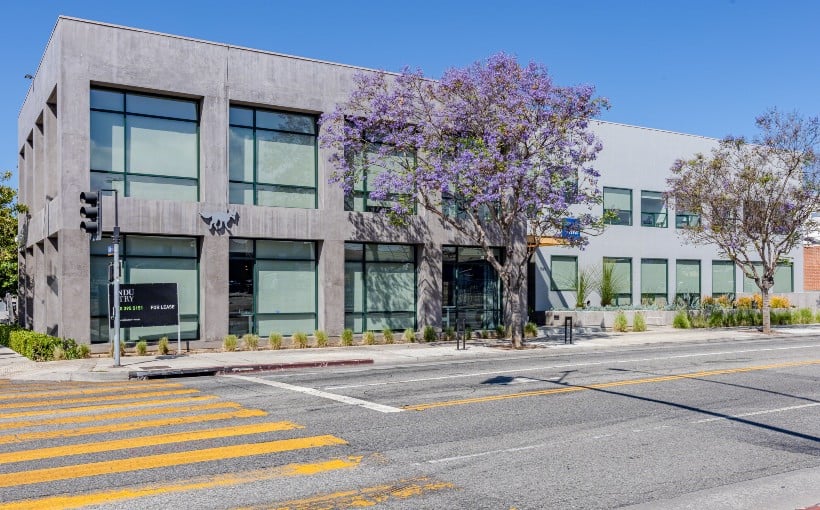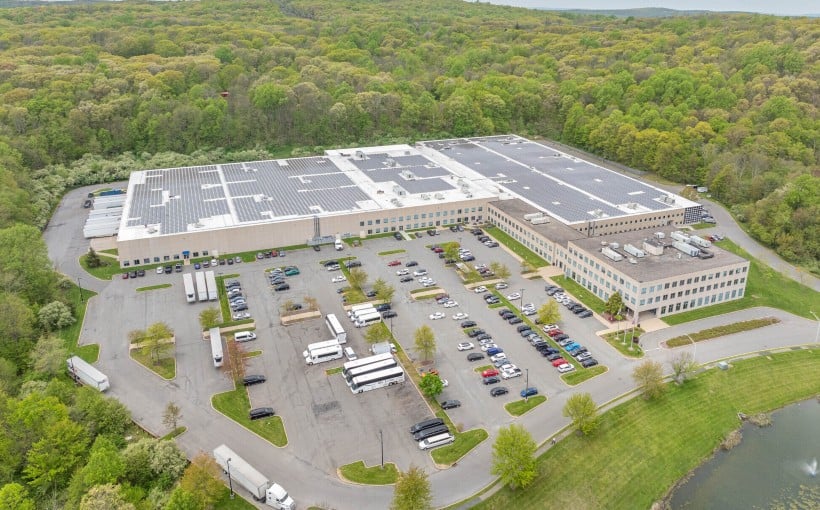During the peak of the pandemic and even in its aftermath, many people left city centers in search of less crowded areas and a sense of safety from the virus. As a result, real estate investors shifted their focus to exburbs and suburbs for residential purchases. This led to an assumption that investing in central business district (CBD) housing was not worth it.
However, five years after the pandemic began, these same assumptions about urban multifamily housing persist. In response to this misinformation, Cushman & Wakefield released a report titled “Urban Comeback: Exploring the Post-Pandemic Resurgence of CBD Multifamily Living,” which aims to dispel five myths about urban multifamily housing.
Myth #1—CBDs are Losing Population
One common belief is that rising crime rates in downtown areas have caused businesses and residents to move out into safer suburban neighborhoods. However, data shows that outmigration from city centers actually started decreasing as early as 2023 while crime rates have also been on a downward trend since then.
According to analysts at Cushman & Wakefield , population growth along with declining crime rates has contributed towards an increase in foot traffic within CBDs post-pandemic. While foot traffic is still below pre-pandemic levels by around 20%, it has significantly recovered since its lowest point during lockdowns.
Myth #2—Renters Prefer Suburban Living
While there was indeed an increase in demand for suburban apartments during late 2020-early 2021 due to remote work trends brought on by COVID-19 restrictions; data shows that overall demand for CBD apartments has been consistently higher than suburban ones since 2000 according Cushman & Wakefield analysts .
They also noted that some figures may be skewed due smaller inventory available within CBDs compared with suburbs; however strong demand for downtown living remains evident as developers continue responding accordingly.
Myth #3—Suburban Apartment Fundamentals Are Healthier
Another myth based on long-term data trends is that suburban apartments have lower vacancy rates compared to CBDs. While this may have been true over the past decade, during the pandemic, as cities began reopening and restrictions eased, occupancy rates in CBDs also recovered.
Since mid-2023, vacancy rates in CBDs have remained mostly similar to those of suburbs hovering around high single digits according to analysts at Cushman & Wakefield.
Myth #4—CBD Housing Is Too Expensive
The average rent for a CBD apartment has reached nearly $3,000 per month which equates to 45% of the median household income (around $80k annually). However this figure does not take into account an increasing number of affluent renters; with many earning more than $150k per year and able/willing pay a premium for high-end urban living amenities.
Cushman & Wakefield analysts commented that these relatively lower rent-to-income ratios reflect a growing population of lifestyle renters who continue seeking out luxury urban apartments despite their higher costs compared with suburban alternatives.
Myth #5—Capital Markets Favor Suburbs Over Cities
There is often an assumption that investing in suburban properties will yield better returns than those within city centers. This belief has led many investors towards opportunities outside downtown areas resulting in narrowing price gaps between two markets during much early 2020’s when pandemic was still ongoing or just ended .
However since then things started shifting again; by 2024 it became clear “that central business district properties demonstrated greater resilience” according Cushman & Wakefield report . Despite overall transaction volumes being down across both markets due COVID-related uncertainties; declines were less severe within city cores (-20%) versus suburbs (-40%).
Furthermore cap rate adjustments are reflecting these changes too making now potentially opportune time invest into downtown areas where prices remain relatively low even below replacement costs say experts from C&W.




